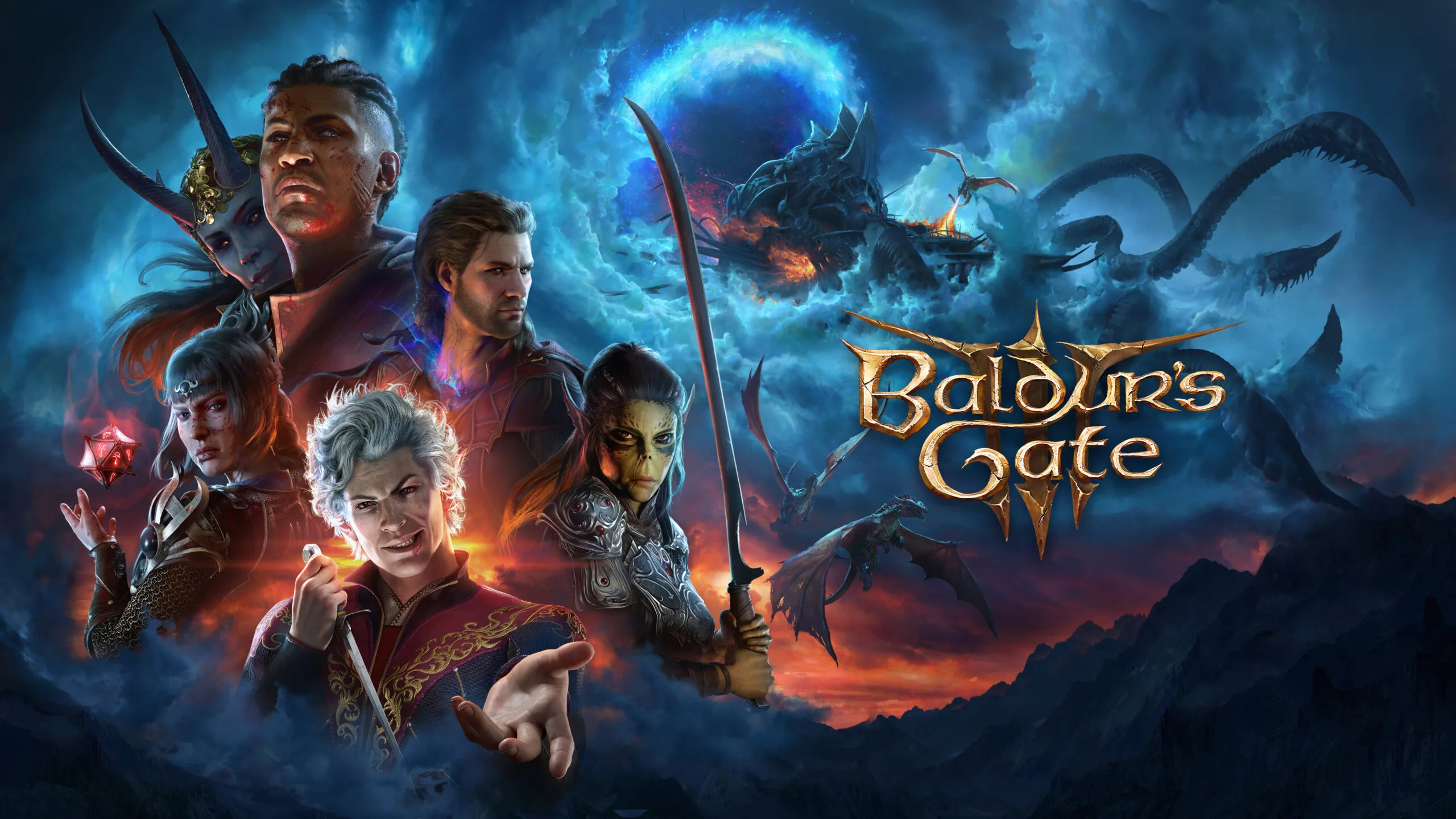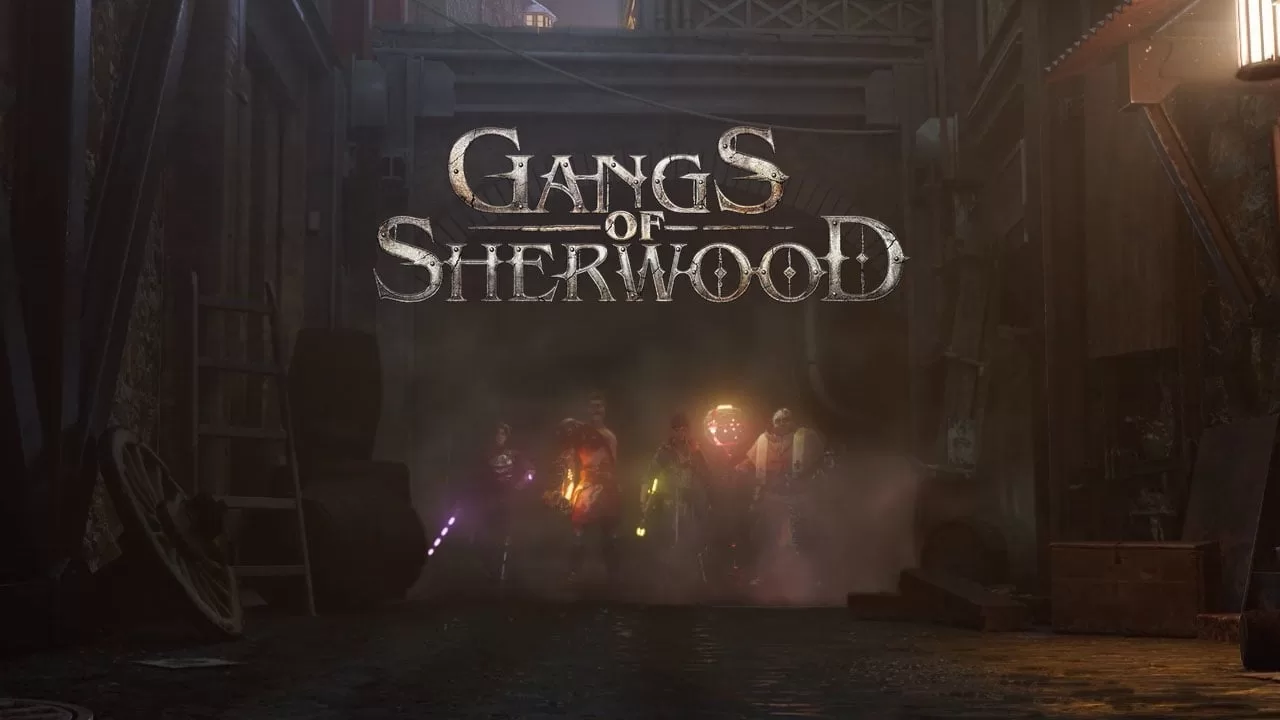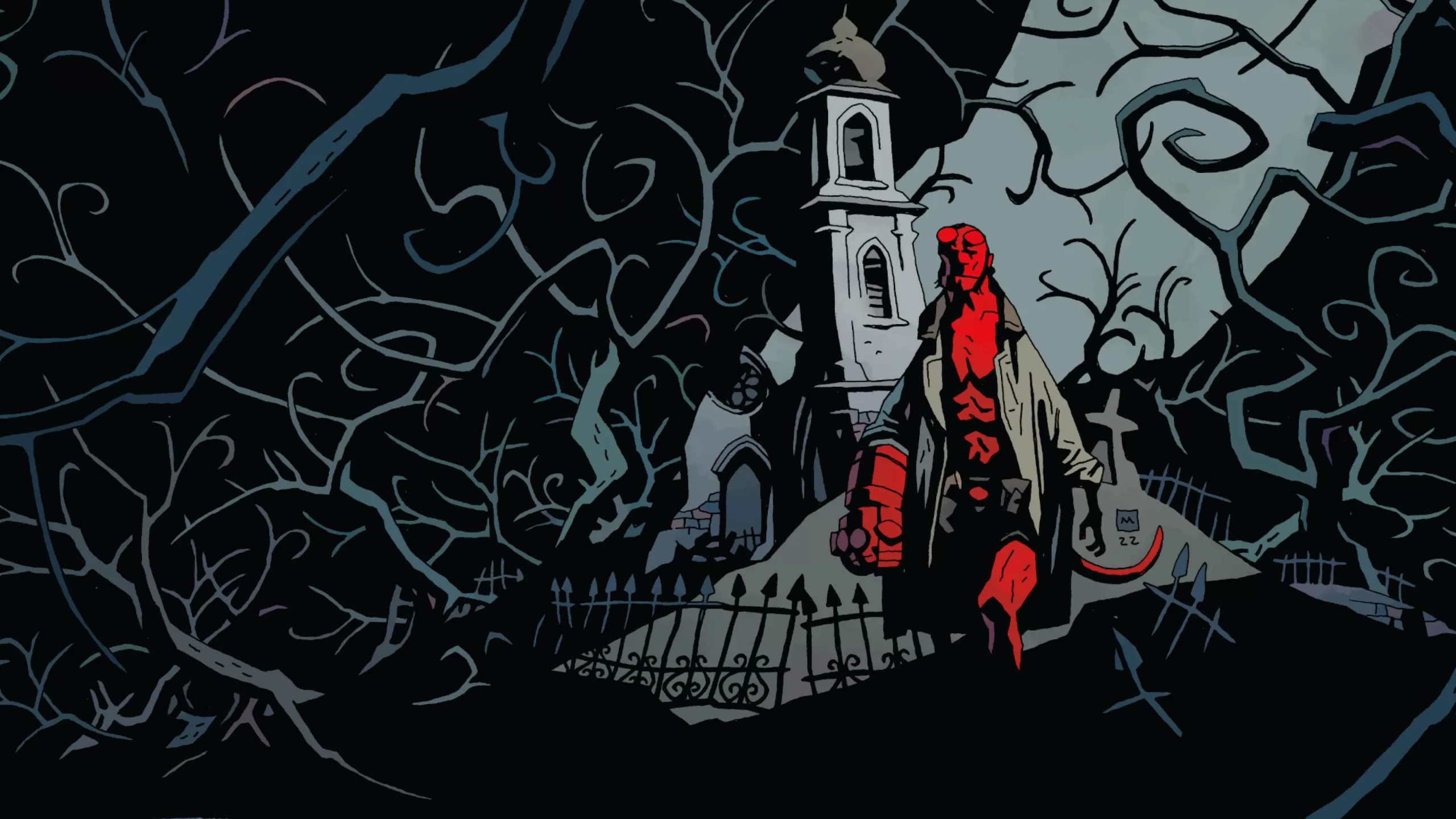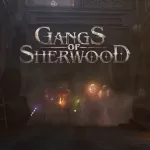Baldur’s Gate 3 is a role-playing video game developed and published by Larian Studios. It is the third main game in the Baldur’s Gate series, which is based on the Dungeons & Dragons tabletop role-playing system. A partial version of the game was released in early access format for macOS, Windows, and the Stadia streaming service, on 6 October 2020. The game remained in early access until its full release on Windows on 3 August 2023. macOS and PlayStation 5 versions are scheduled for release on 6 September 2023 and the Xbox Series X/S version is planned for 2023. The Stadia version was cancelled following Stadia’s closure.
- Platforms: PlayStation 5, Xbox Series X and Series S, Mac operating systems, Microsoft Windows
- Genres: Role-playing Video Game, Adventure game, Strategy Video Game
- Mode: Multiplayer video game
- Composer: Borislav Slavov
- Developer: Larian Studios
- Publisher: Larian Studios
- Series: Baldur’s Gate
The plot of the baldur’s gate 3
The game is set in 1492 DR, over 120 years after the events of Baldur’s Gate II: Shadows of Amn and months after the events of Baldur’s Gate: Descent into Avernus. It features a branching plot typical of CRPG’s where the main beats of the story stay mostly the same no matter the players’ choices, but with considerable variation in the details, especially concerning the numerous side quests. The player can, at the beginning of the game, either create an original character who is essentially a “blank slate” in terms of back story, or choose one of seven pre-made “origin characters”. we must want to play the game.
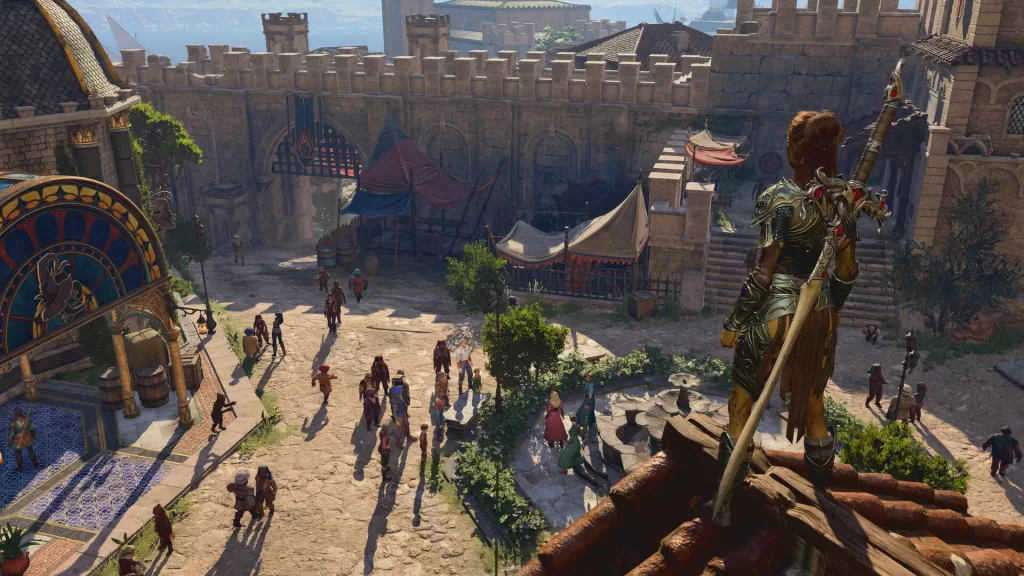
When the story begins
The story begins with the protagonist waking up inside a nautiloid, dimension-crossing illithid flying ship. They are implanted with an illithid tadpole, parasites that enthral and transform people into other mind flayers; however, before the transformation is complete, the ship comes under attack from githyanki warriors and their red dragons. The ship flees through multiple realms, including Avernus, the first of the Nine Hells. The protagonist is freed during the fighting and steers the damaged ship back to Faerûn, where it crashes. As the protagonist searches for a way to remove their parasite, they encounter other survivors of the wreck, all likewise implanted with tadpoles: the githyanki fighter Lae’zel, the Sharran cleric Shadowheart, the high elf vampire Astarion, the human wizard Gale, the human warlock Wyll, and the tiefling barbarian Karlach. The plot of the first act revolves around numerous avenues of potential cures, such as Ethel, a malevolent hag; Halsin, archdruid of the local druid grove; a goblin priestess serving the nascent “deity” called the Absolute; or the renowned bard Volo who all attempt unsuccessfully to provide a cure. The main plot element is the fate of the Emerald Grove, where local druids and the refugees of the town of Elturel face off against the goblin horde from the desecrated Selunite temples nearby. The party almost becomes overwhelmed by a psychic force as they close in on the temple, but are relieved by the mysterious prism in Shadowheart’s possession. Once the protagonists carry out either the sacking or the saving of the grove, they’re presented an itinerary to reach Moonrise Towers, where a cure may be found – for this, they are to travel overland, either through the mountains or through the Underdark, the subterranean networks beneath the Temple of Selune.
Act II in the Baldur’s gate 3
The second act mainly centres around the Moonrise Towers and its surrounding lands. Once a peaceful land under the stewardship of the Thorm family, the fields are now covered by an unnatural and sentient darkness that can only be penetrated through magical means. The only sanctuary is a small tavern called the Last Light, held by a group of tiefling refugees, Flaming Fist conscripts and Harpers, led by Jaheira – one of the companions of the original Baldur’s Gate titles. The protection of the tavern is afforded by a Selunite cleric named Isobel, who also happens to be the resurrected daughter of the reigning lord of Moonrise, General Ketheric Thorm. Isobel’s premature demise apparently led her father to abandon Selune, first turning to Shar and later to Myrkul, who enshrines him as his Chosen and permeates the curse upon the land. The protagonist scours the depths of the Moonrise in pursuit of the “Nightsong”, an artefact also mentioned by mercenaries in Act I. The depths of the Towers house a vast temple to Shar, eventually leading to Shadowfell, Shar’s personal domain where Nightsong -not an artefact, but an aasimar named Dame Aylin- is imprisoned. Ketheric is revealed to have trapped Aylin, a daughter of the moon goddess Selune, and used her as an engine of his immortality, as well as a ritual piece for followers of Shar. The player is given the choice to slay or spare the Nightsong, which vastly changes the plot further down the line. The party ultimately raids the Moonrise Towers to confront Ketheric, as well as his cohorts – Orin the Red, the Chosen of Bhaal and Enver Gortash, the Chosen of Bane. The triumvirate collectively controls the Absolute, which is revealed to be an elder brain, the ultimate form of the illithid race, bent to their will by the use of each chosen’s netherstones and a mysterious crown adorning the gargantuan brain. Orin and Gortash depart with the elder brain, while Ketheric remains to fight the party. Following his death, the protagonist claims their netherstone while the Absolutist army billeting around the forest departs for Baldur’s Gate, clearing the way for the protagonist.
Act III
The act is divided between Baldur’s Gate proper and the outlying suburb of Rivington. The main plot revolves around the two remaining antagonists’ attempts to pit the protagonist against the other. This is also where companions find closure for their personal quests, such as Wyll and his estranged father, Shadowheart and her Sharran enclave or Lae’zel’s dissent against her queen; Astarion’s vampiric master, and Karlach’s confrontation with Gortash. Early on, an ambush by a githyanki raid reveals that the protagonist’s so-called Dream Visitor is in fact a visage taken by a renegade illithid called the Emperor, who resides within the Astral Prism and oversees the imprisonment of a powerful githyanki – Orpheus, the son of the first queen of the Githyanki. Orpheus is revealed as the source of psionic resistance the players possess against the Absolute and the Emperor has been apparently leveraging this in his favour by keeping him in suspended animation. The protagonist eventually faces off against the remaining Chosens of the Dead Three, assembling the netherstones to subdue the Elder Brain. Despite the preparations, the Elder Brain almost overpowers the protagonist and the party is rescued in the last moment by the Emperor. Depending on various player choices prior to the finale, the playthrough differs slightly. If the protagonist has a falling-out with the Emperor over the imprisonment of Orpheus, the latter resigns to his fate and joins the Absolute. Ultimately the netherstones require an illithid wielder to be effective, so either Orpheus, Karlach, or the player character willingly morph into a mindflayer to see the mission through. The final battle takes place above the Elder Brain, after which the protagonist can choose to either betray their comrades and rule as the Absolute or kill it and every tadpole alongside it, ending the cult forever.
Development
The original Baldur’s Gate game was developed by BioWare and Black Isle Studios, and published by Interplay Entertainment in 1998. The game used a licensed version of the Dungeons & Dragons (D&D) rule set, specifically in the Forgotten Realms setting. The game’s success led to a sequel, Baldur’s Gate II: Shadows of Amn, and its expansion pack, as well as Icewind Dale and its sequel, and finally, Planescape: Torment. Black Isle Studios began work on a further sequel, Baldur’s Gate III: The Black Hound, in 2003, but Interplay faced significant financial crisis that year and shut down Black Isle, cancelling the game. Interplay lost the license to make D&D video games to Atari in 2008.[dubious – discuss] Atari later[dubious – discuss] released Neverwinter Nights and its sequel, Neverwinter Nights 2. Wizards of the Coast had acquired ownership of the Dungeons & Dragons franchise as part of their purchase of TSR in 1997, and had been making updates to the core rule sets over the previous years. The new sequel from Larian Studios has no connection to the cancelled Baldur’s Gate III: The Black Hound.
Gameplay
Baldur’s Gate III was originally set to be released in early access on 30 September 2020. This date was later delayed to 6 October 2020. The early access version contained only the first act of the game, amounting to approximately 25 hours of content and one-fifth of the game world’s map. The character creator also initially included a selection of 16 races and six classes from which to choose, with more planned for the finalized release.Additional features and content, including multiplayer functionality and more classes, were gradually added to the early access version through patches as development progressed towards the final release. Save files created during early access are not transferable to the completed game.
Conclusion
The game is based on the 5th-edition dungeon and dragons rule set, though it will include tweaks and modifications that Larian found necessary in adapting it to a video game. For example, the combat system is expected to be weighed more in favor of the player than in the tabletop version, to make the game more enjoyable.
Also be sure to check out our article on another game Diablo 4. if you want to know what the game has in store for you then head on over to our detailed article on it by clicking here.
If you got something out of this article and would like to stay in touch to stay updated with all the latest happenings from the world of gaming, we highly suggest that you follow us on our social media pages (Facebook | Twitter) Also, subscribe to our YouTube Channel which would be highly appreciated. Happy Gaming!

